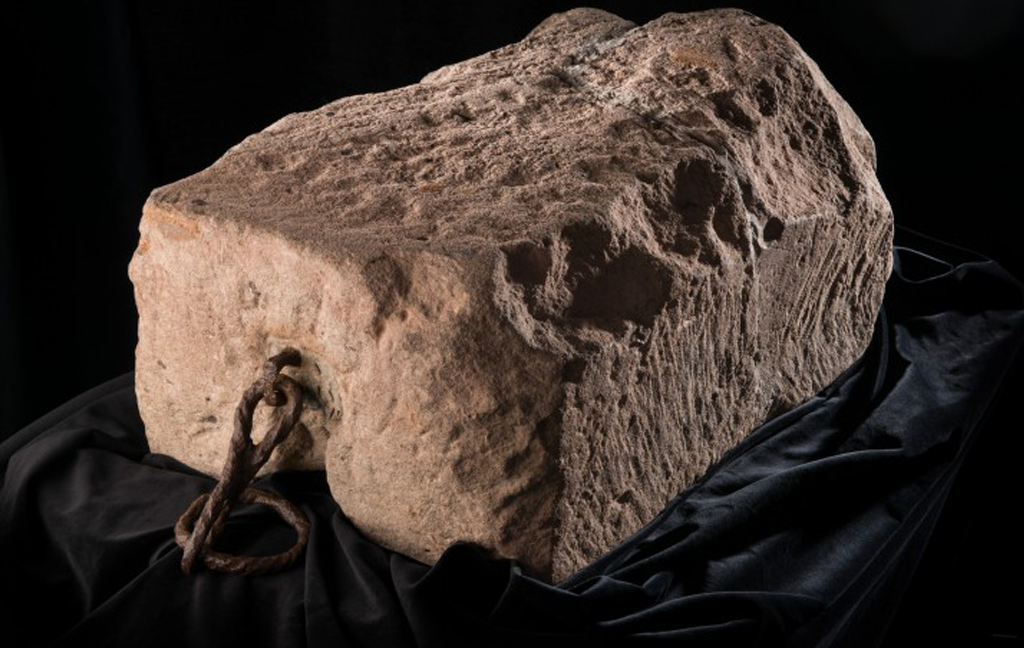What is the Stone of Destiny and why is it so important? Read on for the story of the symbolic sandstone.
What is the Stone of Destiny?
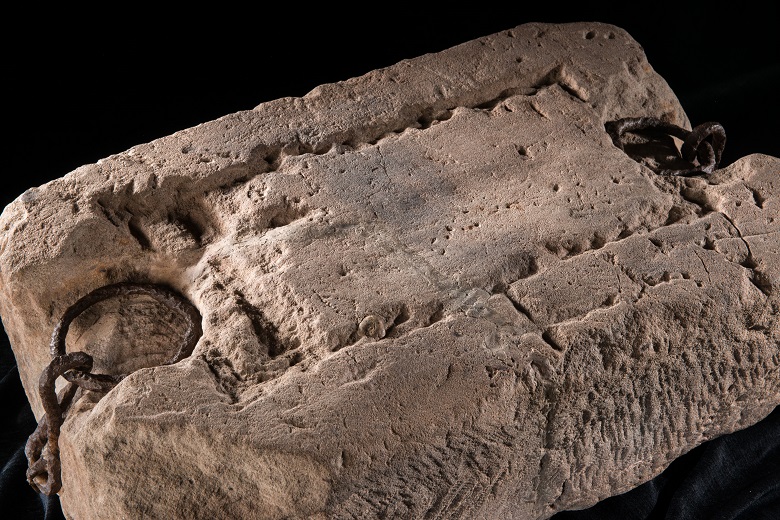
The Stone of Destiny, or Stone of Scone, is one of the most ancient and revered symbols of Scottish monarchy.
The Stone’s earliest origins are unknown, but what we do know is that it came to be housed a few miles from Perth, at Scone Abbey, then one of the most important religious and political centres in the kingdom. There, it is thought that it was used in the inauguration of Scottish kings until 1296, when it was seized and taken to London by Edward I of England.

A watercolour illustration by Banffshire artist Dianne Sutherland imagining the capture of the Stone of Destiny (© Dianne Sutherland. Licensed via Scran)
With one notable exception (more on that later!), the Stone of Destiny remained south of the Border for the next 700 years. It was formally returned to Scotland, with much ceremony and celebration, in 1996.
The Coronation Chair
Edward had the Stone of Destiny built into the base of a specially-commissioned oak chair, kept at Westminster Abbey. It was named King Edward’s, or St Edward’s, Chair in honour of Edward the Confessor. Today, it’s more commonly known as the Coronation Chair.
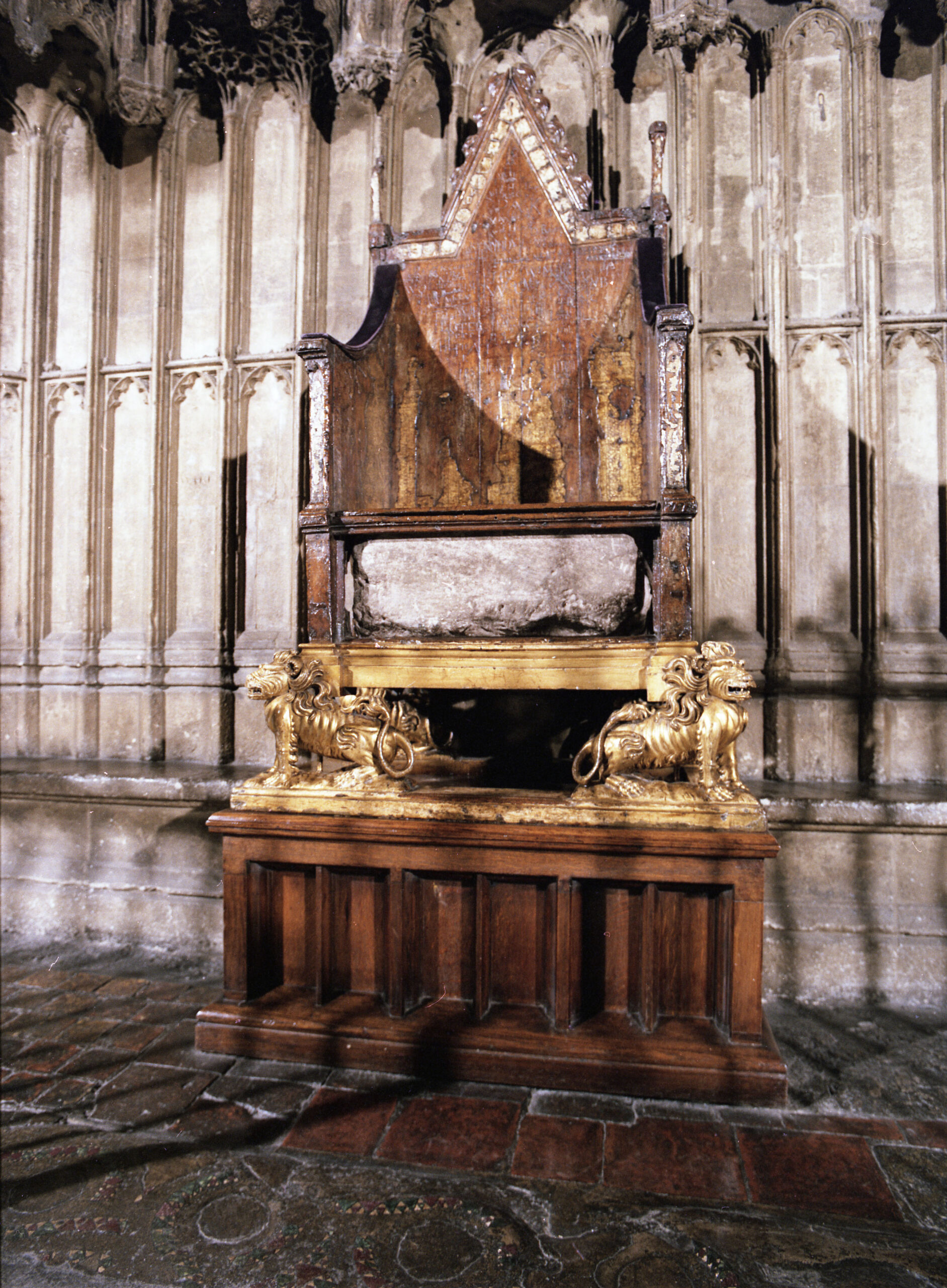
The Coronation Chair
Following this, nearly all crowned English and British monarchs took a seat on the ancient chair during their coronation ceremony. King Charles III did so on 6 May 2023.
The Coronation Chair has left Westminster Abbey only twice in its lifetime, once to Westminster Hall for Oliver Cromwell’s induction as Lord Protector and once to Gloucester Cathedral for safekeeping during the Second World War.
On that occasion, the Stone of Destiny remained at the abbey, hidden in a burial vault.
However, the Stone was to make its own longer, unexpected journey a few years later…
1950: An unexpected removal
On Christmas Day 1950, four University of Glasgow students (and Scottish Nationalists) entered Westminster Abbey under the cover of darkness with the aim of returning the Stone of Destiny to Scotland.

A man displaying Home Rule for Scotland posters in January 1951. The removal of the Stone of Destiny from Westminster Abbey the previous month inspired fresh debate around the topic (© Hulton Getty. Licensed via Scran)
Using a mackintosh coat to drag it over the tiled floor, Ian Hamilton, Gavin Vernon, Kay Matheson and Alan Stuart were able to remove the Stone from the Coronation Chair to the boot of a car waiting outside.
But a chunk of the 152kg of red sandstone broke off in the process. Years previously, the Coronation Chair was the target of a bombing carried out by Suffragettes in June 1914 and it’s been speculated that the blast might have exacerbated a weakness in the Stone which caused it to split the way it did.
The two parts of the Stone of Destiny were initially hidden in England (the larger section in a field in Kent) but within two weeks, despite an extensive police search, they were in Glasgow. The damage was repaired at the stonemasonry business owned by Robert Gray, a founding member of the Scottish National Party.
The Stone Reappears

The Custodian of Arbroath Abbey with the Stone of Destiny (© Newsquest (Herald & Times) Licensed via Scran)
The Stone of Destiny reappeared on 11 April 1951, on the site of the High Altar at Arbroath Abbey. An important symbol of Scottish freedom and nationhood, the Declaration of Arbroath, was signed at the abbey in 1320.
Although they condemned the “vulgar acts of vandalism which have caused great distress and offence both in England and Scotland”, the authorities decided it was not within the public interest to prosecute those involved.
The story of the raid on Westminster Abbey had gripped the public, and ignited debate about devolution and nationalism.
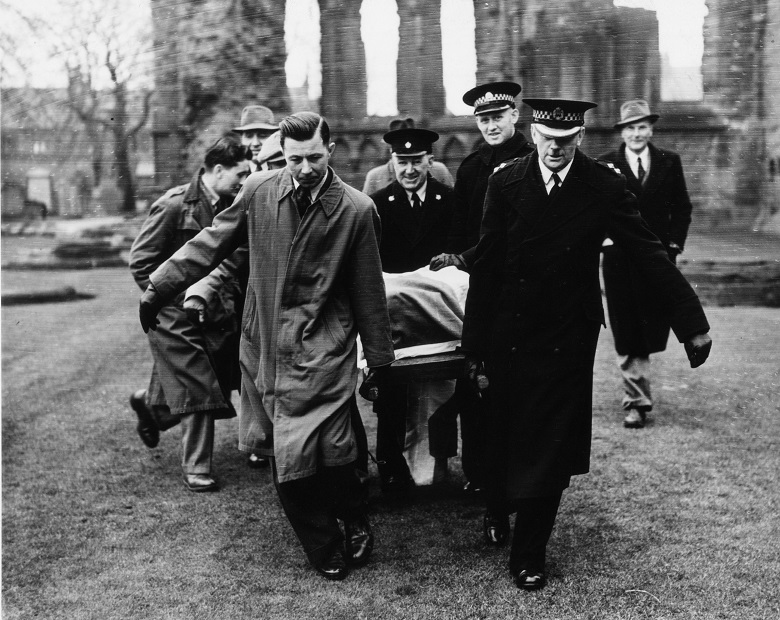
The Stone of Destiny being removed from Arbroath Abbey. It was taken to a police cell in Forfar for safekeeping before its return to Westminster (© Newsquest (Herald & Times) Licensed via Scran)
1996: A more careful removal
The Stone of Destiny was returned to Westminster Abbey in February 1952. It featured in the coronation of Elizabeth II on 2 June the following year. Its next journey would take place in 1996.
On 3 July that year, the then Prime Minister, John Major, announced plans to formally return the Stone to Scotland after 700 years. Historic Environment Scotland – then known as Historic Scotland – was to play a crucial role.
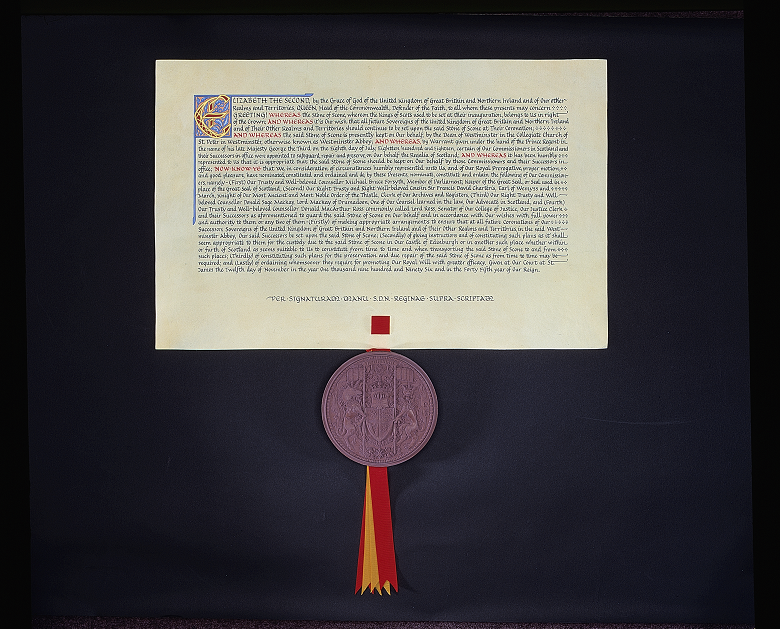
The Royal Warrant for the removal of the Stone of Destiny, dated November 1996
Historic Scotland’s team of collections and conservations experts was met by police officers at King’s Cross on the afternoon of 13 November. Once the Abbey closed to visitors, they got straight to work. No mackintoshes were involved this time!

The Historic Scotland team at Westminster Abbey in 1996 (© Crown Copyright reproduced courtesy of HES. Licensed via Scran)
A specially-designed scaffold was erected over the Coronation Chair. A pulley was then used to winch the Stone up and out of the Chair inch by inch. It was then slid onto a hand barrow, based on the type used by medieval stonemasons. It was built to highly-specific measurements to allow it to cross a narrow footbridge from St Edward the Confessor’s Chapel.
The slow and careful operation had been rehearsed many times over the summer at Edinburgh Castle. It was finally completed in the early hours of the morning.
On the move again…
After a police escort north to Scotland, the Stone was taken to be closely studied and recorded for the first time in its long history.
Steam was used to clean away any accumulated dust. An array of tool marks and incisions was revealed. Many are still to be deciphered.
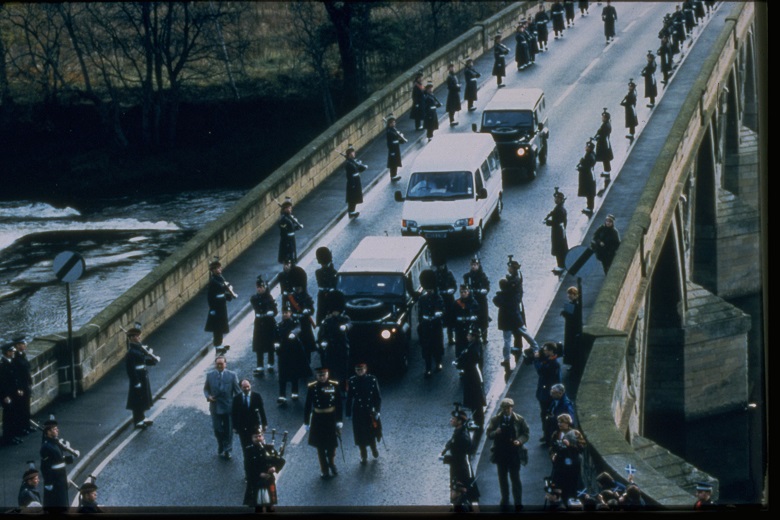
The Stone of Destiny crossing Coldstream Bridge on 15 November 1996 (© Crown Copyright reproduced courtesy of HES. Licensed via Scran)
Over the summer of 1996, a public consultation had been held to gather opinions on where to house the Stone after its return. Ultimately, a display alongside the Honours of Scotland at Edinburgh Castle was settled upon. One of the more unusual suggestions was a Glasgow pub!
On 30 November, St Andrew’s Day, thousands lined Edinburgh’s Royal Mile to see the Stone of Destiny arrive at the castle.

A ceremony held at Edinburgh Castle formally marked the Stone of Destiny’s return to Scotland
Present day
Following its return, the stone was viewed by thousands of visitors to Edinburgh Castle in the Crown Room, alongside the other Honours of Scotland (the Crown and other regalia).
In 2024, it was relocated to a beautiful new exhibition at Perth Museum.
Technically speaking, the stone is on loan from the Commissioners for the Safeguarding of the Regalia, appointed by Royal Warrant. HES acts on their behalf to care for all the Honours of Scotland.
This means that even though its permanent home is back in Perthshire, as part of the conditions set out in 1996 the stone makes a temporary return to Westminster for the Coronation of any future monarchs. On occasions like these, our experts will be on hand make sure everything runs smoothly, working collaboratively with the team at Westminster Abbey.
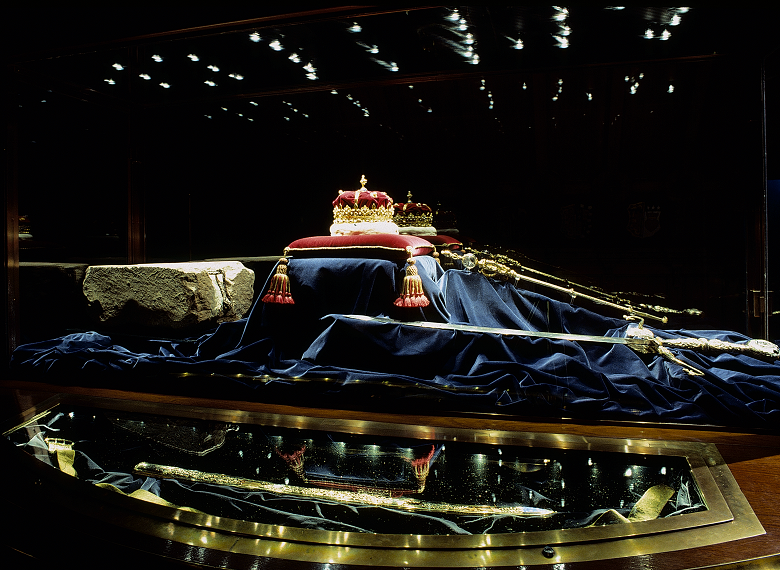
The Stone of Destiny on display alongside the Honours of Scotland at Edinburgh Castle
See more…
We continue to explore the intriguing history of this iconic object, using our science and digital skills.
The Stone of Destiny is one of over 42,000 amazing objects in the HES Collections. You can see many of them on display at our Historic Scotland sites, or explore our collections online.
The latest revisions and updates to the Stone of Destiny scholarship can be found in our Research Report.
For more regal history around the blog, check out St. Giles’ Cathedral and its royal connections or go behind the scenes as we clean and repair the Scottish Crown.

